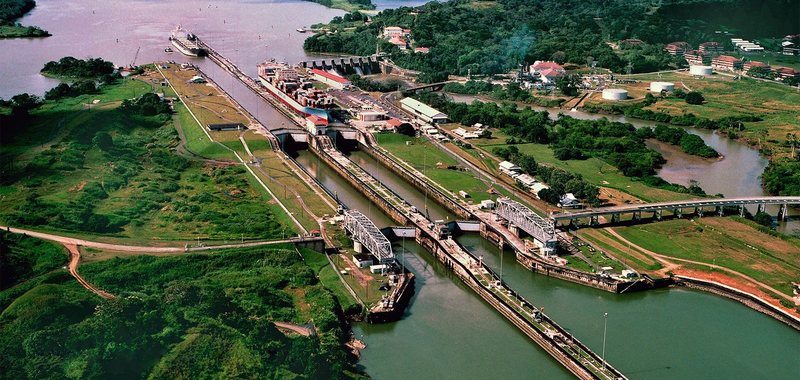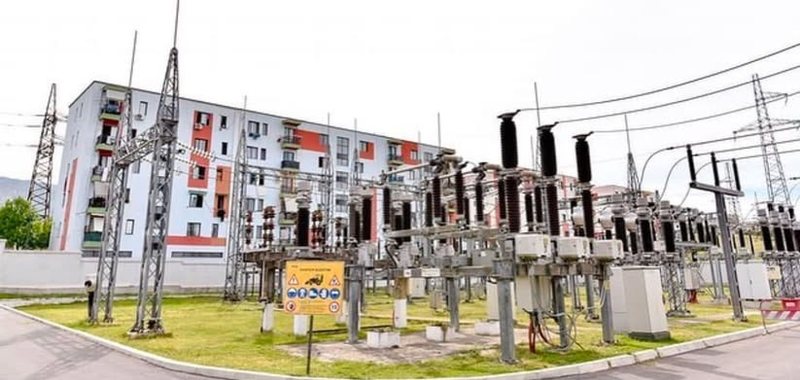Reuters Exclusive: How the ECB avoided a payments disaster in 10 hours of technical glitch?!

The European Central Bank’s payment default last week delayed wages and welfare payments for thousands of people, and it could have been much worse. If the same disruption had hit, or continued into the next day (the end of the month and payday for many public sector workers, pensioners and welfare recipients), the chaos could have hit millions of people and businesses and strained the banking system.
Reuters can build the most detailed account yet of the breakup of the eurozone's main payments system, based on interviews with a dozen people familiar with the day's events, including central bank officials, bankers and brokers, and a review of the ECB's messaging to market participants.
When the system crashed on Thursday, the chaos that ensued in the 10 hours it took to identify and fix the problem blocked social assistance payments to more than 15,000 mostly elderly and poor Greeks, a large number of salaries and pensions in Austria, plus some financial trades.
At the heart of the escalating turmoil was a malfunctioning piece of hardware, but it took ECB technicians hours to discover the problem after an initial, incorrect diagnosis of database issues, according to ECB messages and officials at the ECB and three other eurozone central banks.
This forced central bank staff in many eurozone countries to work through the night to fix faulty equipment and clear a large number of transactions in time for payment day, according to officials who, like other sources, requested anonymity to discuss the sensitive matter.
An ECB official told Reuters that the affected hardware, which he declined to identify, had multiple backups and the bank was analyzing why they did not bring it in. The ECB had recently completed a review of its payment and crisis management systems before this incident, the official added, as recommended in a report by consultancy Deloitte after a series of outages in 2020.
The Target payment system, which handles a trillion euros in daily transactions, is so vital to financial and economic stability in the 20-nation eurozone that the locations of its four servers are a closely guarded secret, with the ECB revealing only that they are located in two different parts of Europe.
ECB activates emergency channel
The situation began to deteriorate shortly after 8:00 a.m. on Thursday when the ECB’s financial trade settlement system, Target 2 Securities (T2S), crashed. The Target 2 (T2) network, which handles large payments between central banks and commercial lenders, followed suit two hours later, according to an ECB update to market participants. Both T2 and T2S are run by the ECB with the central banks of Germany, Italy, France and Spain.
In phone calls that morning between crisis managers at the ECB and other central banks, the blame was laid on errors in the systems’ shared database, which would have made it impossible to transfer to a backup version or “failover” without copying the same issue. This required staff at the central banks to painstakingly analyze transactions to identify the error while the system was offline.
At 11.30am, crisis managers activated the Target systems’ emergency channel for critical payments, such as those involving foreign currencies or margin calls. This is to prevent any disruption from spreading to other currencies or disrupting the functioning of financial markets. This process, which requires participants to submit each transaction manually, is unsustainable for the hundreds of thousands of payments that pass through T2 and T2S every day.
A few dozen payments were processed that way, but all the rest had to be put in a queue, waiting for the problem to be finally resolved. It was not until the afternoon that the ECB decided that there was in fact what it later described as a “faulty hardware component” in one of the system’s four locations.
Then, staff began moving all transactions to the reserve, or bankruptcy, shortly before 1600. The move ended at 1715 and settlement resumed at 1800, lasting into the evening until a late midnight deadline, ECB messages showed. Officials at the ECB and three other central banks said work continued into the early morning to clear most of the transactions that had been in the queue the previous day.
The payment system never fails?
The result didn't stop there. Some transactions were cleared too late for banks to process in time on Friday, leading to delays for thousands of people in Greece and Austria in receiving wages, pensions and welfare payments.
Brokers were also left fuming about the delayed markets, according to three market sources who declined to give details about the affected transactions. A Dutch broker told Reuters that some of his clients were charged interest on money they agreed to lend but never received as a result of the disruption. They were planning to seek compensation from the ECB, as provided for in Target rules.
In a statement after the event, the ECB described the outage as a “major incident” that had “negative consequences for market participants as well as their clients” and said it had launched a “full analysis” of the episode. The ECB’s latest annual report shows that T2 was available at all times in 2021, 2022 and 2023. In 2020 it was up and running 99.46% of the time, below the target of 99.7%.

"Tariff war, trade war or any kind of war" - China: We are ready to fight the US to the end!
China said it was prepared to fight “any kind of war” with the United States as President Donald Trump ratchets up economic and political pressure on the......

Gold prices are at record highs! – But why are investors still interested in it?
Gold prices have risen more than 12% in the year to date and continue to reach record levels. Global uncertainty is one reason that is driving investors......

Trump temporarily suspends tariffs on car manufacturers in Mexico and Canada!
US President Donald Trump is giving automakers in Mexico and Canada a tariff exemption for one month after negotiations with key industry figures. “We spoke......

"Albania, the energy superpower of the region" - Berisha: We will use every resource to sell energy cheaper to Albanians
The Democratic Party has presented its program for energy and natural resources. The leader of this political force, Sali Berisha, stated that "we want to......

Exchange rate/ The US Dollar and the Swiss Franc weaken significantly!
The US dollar continued to fall this morning, losing points again from yesterday as it was bought today for 91.3 lek and sold for 93.3 lek according to the......

Is China surrendering to Trump's will? - Panama's ports will be purchased by the American company BlackRock
Hong Kong giant Hutchison has decided to put up for sale the ports it controls at the entrance and exit of the Panama Canal, as well as other port facilities......

EC, plan for the steel industry - Bloc, concerned about the consequences of Trump's tariffs
The European Commission has promised an action plan for the steel industry, to be launched in mid-March, days after US President Donald Trump's tariffs......

Fire in the 20kV cable duct of one of the NST Traktora feeders – OSSH informs about the situation
The Distribution System Operator announces that due to a fire in the 20kV cable duct of one of the NST Traktora feeders, today at around 13:27, the 20kV......





















